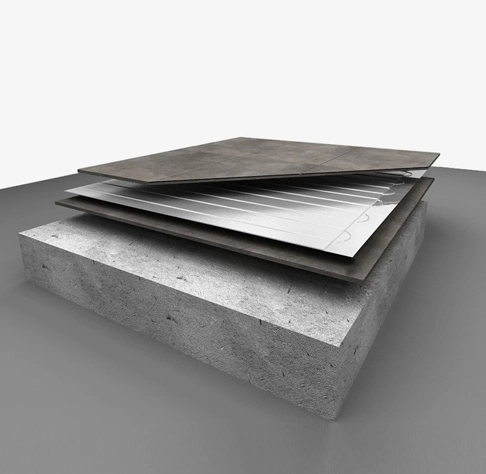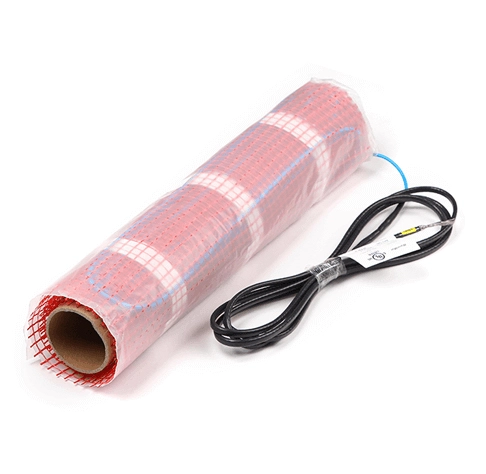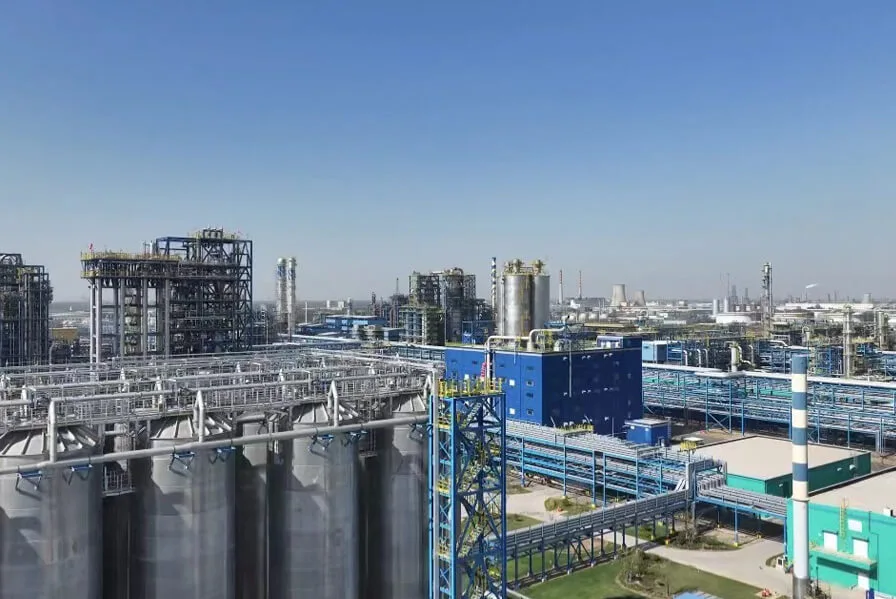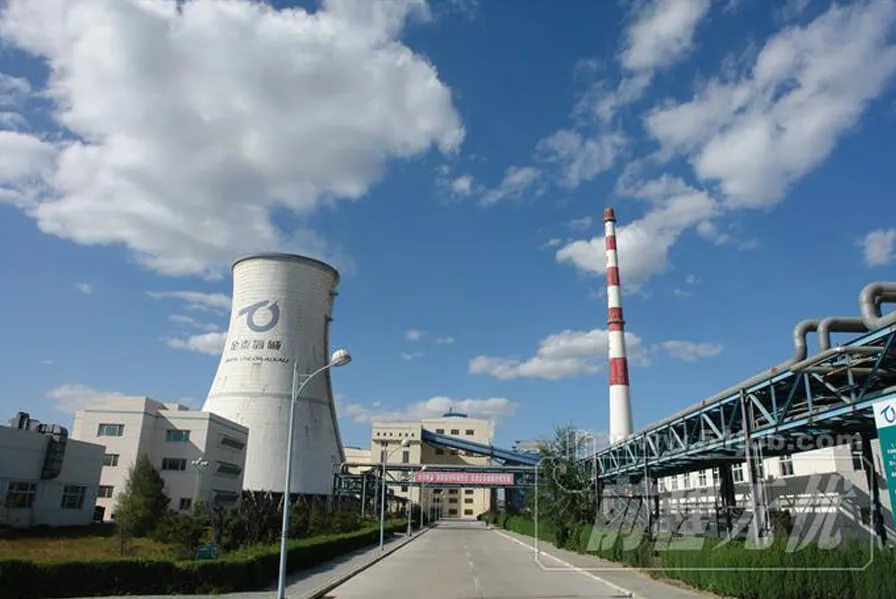Heat tracing, also known as electric heat tracing or surface heating, is a technology used to maintain or raise the temperature of pipes, vessels, and equipment in industrial and commercial settings. It is primarily applied to prevent freezing, maintain process temperatures, or protect against heat loss. Below are key applications across various industries:
1. Oil and Gas Industry
Pipeline Heating: Prevents crude oil, natural gas, or other fluids from freezing or thickening in cold climates.
Valve and Instrumentation Protection: Ensures valves, actuators, and sensors function correctly in sub-zero temperatures.
Offshore Platforms: Maintains flow in pipelines exposed to harsh marine environments.
2. Chemical Processing
Reactive Processes: Maintains precise temperatures for exothermic or endothermic reactions.
Storage Tanks: Prevents chemicals or polymers from solidifying in cold storage.
Corrosion Prevention: Reduces moisture condensation and corrosion in pipes by maintaining elevated temperatures.
3. Water and Wastewater Treatment
Freeze Protection: Prevents pipes, pumps, and treatment equipment from freezing during winter.
Sewer Lines: Maintains flow in sewage systems to avoid blockages from frozen waste.
4. Power Generation
Nuclear Plants: Heats safety-related systems (e.g., emergency core cooling loops).
Fossil Fuel Plants: Protects condensate lines and instrumentation from freezing.
Renewable Energy: Prevents icing on wind turbine blades or solar thermal collectors.
5. Food and Beverage
Pasteurization Lines: Maintains product temperatures during processing to prevent bacterial growth.
Storage Tanks: Keeps liquids like syrups or oils from solidifying.
Brewing and Distilling: Controls fermentation and distillation temperatures.
6. Construction and Infrastructure
Roof and Gutter De-Icing: Prevents ice dams on commercial buildings and bridges.
Fire Sprinkler Systems: Ensures pipes in dry or pre-action systems don’t freeze in cold regions.
7. Pharmaceutical and Biotechnology
Clean-in-Place (CIP) Systems: Maintains temperatures during cleaning cycles to avoid bacterial contamination.
Bioreactors: Stabilizes temperatures for sensitive biological processes.
8. Transportation
Railroad Tracks: Prevents switches and signals from freezing in winter.
Fuel Lines: Maintains fuel flow in aircraft, ships, or heavy machinery.
9. Hazardous Areas
Explosion-Proof Systems: Uses intrinsically safe heat tracing in zones with flammable gases or dust.
Types of Heat Tracing Systems:
Self-Regulating Cables: Adjust power output based on temperature (e.g., polymer-based cables).
Constant Wattage Cables: Provide consistent heat output (e.g., mineral-insulated cables).
Steam Tracing: Uses steam to heat pipes (less common due to energy inefficiency).
Benefits:
Energy Efficiency: Modern systems reduce power consumption compared to traditional methods.
Safety: Prevents equipment failure, leaks, or hazardous conditions.
Reliability: Ensures continuous operation in extreme climates.
Emerging Trends:
Smart Heat Tracing: Integration with IoT sensors for remote monitoring and control.
Sustainability: Use of renewable energy sources to power heat tracing systems.
By addressing temperature-related challenges, heat tracing ensures operational continuity, safety, and efficiency across diverse industries.


![3.7w/ft Floor Heating Cable [Uncoupling Membrane] 3.7w/ft Floor Heating Cable [Uncoupling Membrane]](/uploads/file/20240903/16/floor-heating-cable-uncoupling-membrane.webp)




